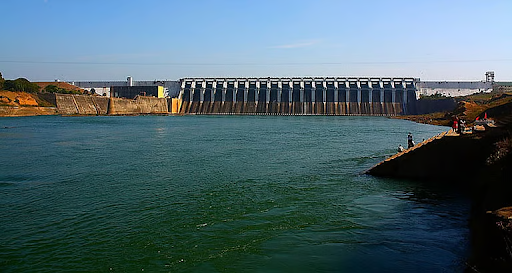Description
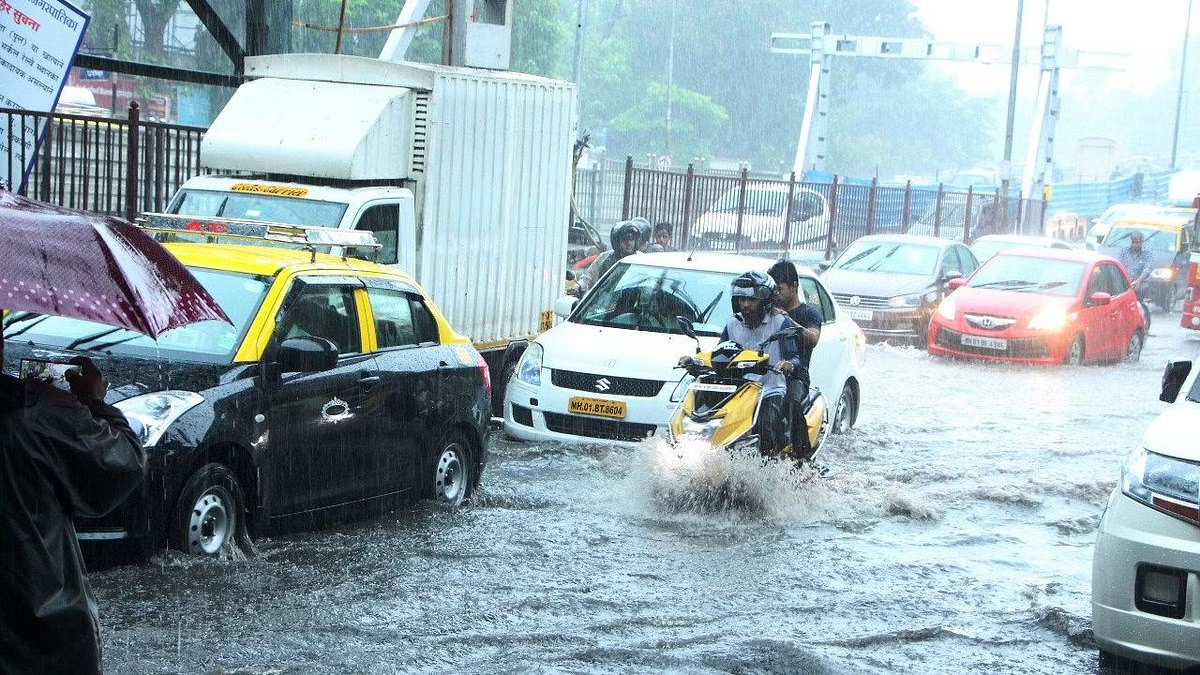
Copyright infringement not intended
Picture Courtesy: https://www.thequint.com/news/india/monsoon-2019-weather-forecast-temperature-mumbai-rains-live-updates
Context: The India Meteorological Department (IMD) forecasts an 'above-normal' monsoon in 2024, around 106% of the long-period average (LPA).
Details
- The India Meteorological Department (IMD) predicts a monsoon with rainfall around 106% of the Long Period Average (LPA). LPA is the average rainfall amount calculated over a long period (usually 30-50 years) for a specific region.
- This is the first time since 2016 that the IMD has predicted "above-normal" rains in its initial forecast. However, it's important to consider the model error of +/- 5%. This means the actual rainfall could be anywhere between 101% and 111% of LPA.
Factors Influencing the Forecast
El Niño
- El Niño is a complex climate pattern arising from variations in Pacific Ocean temperatures. During El Niño events, warmer-than-average sea surface temperatures disrupt atmospheric circulation patterns, often leading to weaker monsoon seasons in India.
- The current El Niño is expected to transition to a neutral state by June and then eventually to La Niña, which is generally associated with cooler sea surface temperatures and stronger monsoon rains.
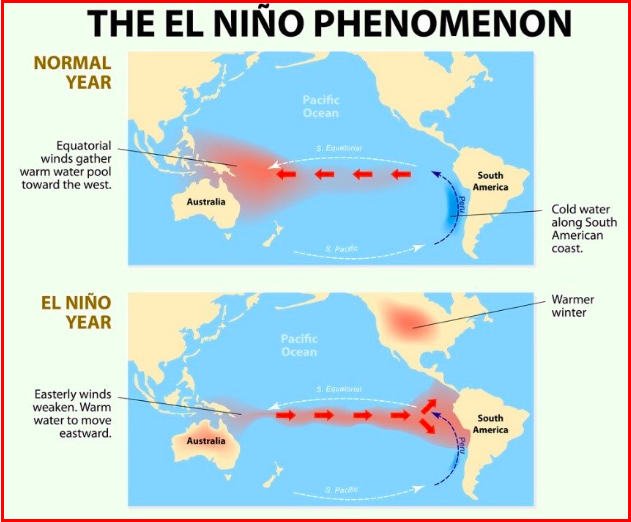
Indian Ocean Dipole (IOD)
- The IOD refers to the difference in sea surface temperatures between the western and eastern equatorial Indian Ocean.
- A positive IOD, characterised by warmer waters in the western Indian Ocean and cooler waters in the east, tends to bring more rainfall to India during the monsoon.
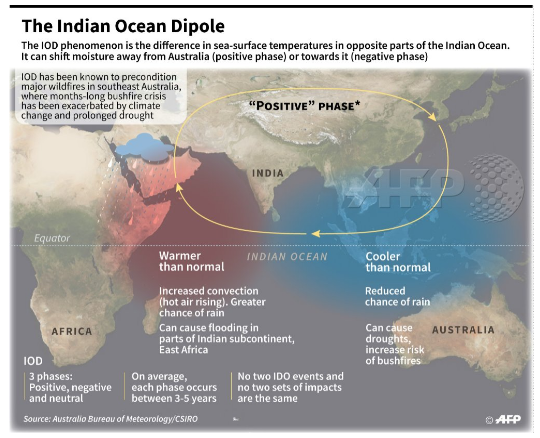
Snow Cover
- Studies have shown that below-normal snow cover over the Himalayas and other parts of the Northern Hemisphere can contribute to increased rainfall during the Indian monsoon. The theory is that less snow cover leads to lower albedo (reflectivity) of the Earth's surface, which in turn can influence atmospheric circulation patterns and increase monsoon precipitation.
|
Regional Variations
●While most of the country is expected to receive a normal monsoon, some areas might experience below-normal rainfall:
○The extreme Northwest (hills of Jammu & Kashmir and Uttarakhand)
○Parts of East and Northeast India (Assam, Odisha, Gangetic West Bengal)
|
Indian Monsoon
- The Indian monsoon is characterised by a seasonal reversal of wind patterns and a pronounced shift in precipitation patterns over the Indian subcontinent. It occurs due to complex interactions between land-sea temperature contrasts, upper-level atmospheric circulation, and oceanic phenomena.

Seasonal Heating and Pressure Gradient
- Summer Heating: During the pre-monsoon period (April-June), intense heating of the Indian landmass occurs due to high solar insolation and longer daylight hours. This leads to a rapid increase in land surface temperatures.
- Formation of Low-Pressure Area: As the land heats up, the air above it becomes warm and less dense, leading to the formation of a low-pressure area over the Indian subcontinent.
- High-Pressure over the Indian Ocean: Simultaneously, the Indian Ocean retains relatively cooler temperatures compared to the land, resulting in a contrasting high-pressure area over the ocean.
- Pressure Gradient: The difference in pressure between the land (low pressure) and the ocean (high pressure) establishes a strong pressure gradient. Air flows from regions of higher pressure (Indian Ocean) to regions of lower pressure (Indian landmass).
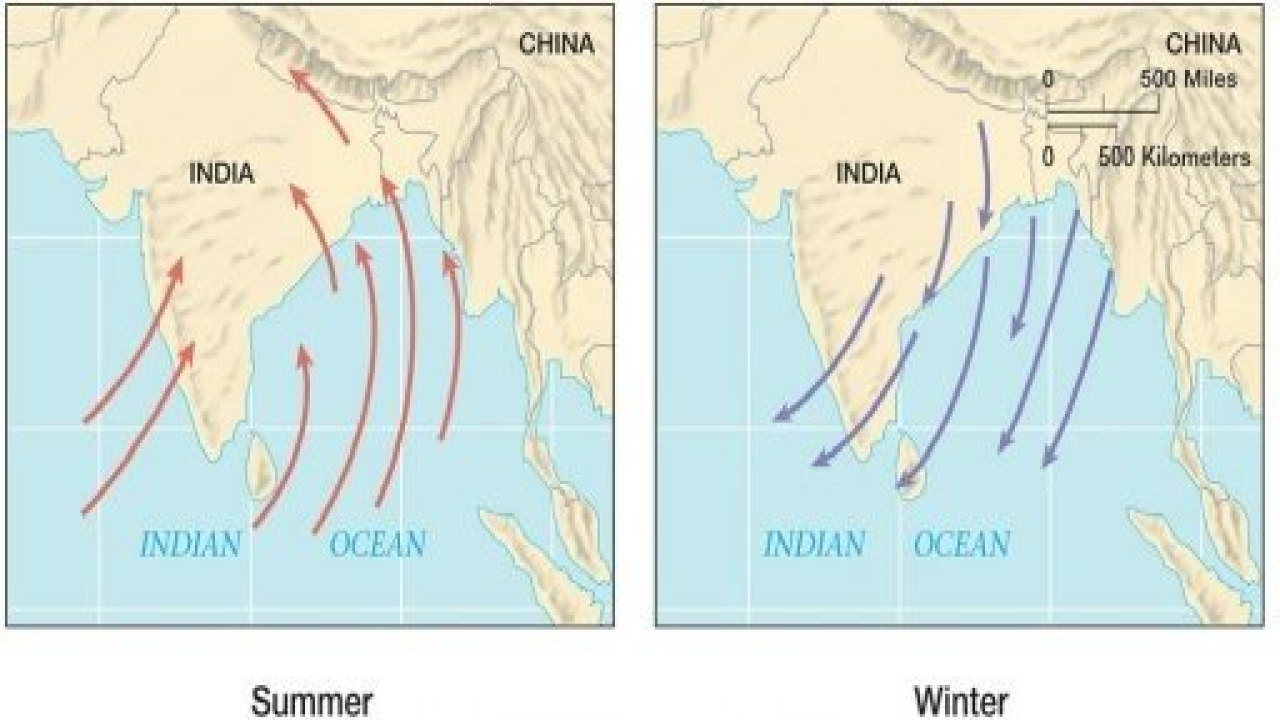
Onset of Monsoon Winds
- Establishment of Sea Breeze Front: The intense heating of the land leads to the development of sea breezes during the day. Moist air from the Indian Ocean is drawn towards the landmass, forming a sea breeze front.
- Influx of Moisture-Laden Winds: The pressure gradient and sea breeze circulation draw moisture-laden winds from the southwest (Arabian Sea) and southeast (Bay of Bengal) towards the Indian mainland.
Role of Upper-Level Circulation
- Subtropical Jet Stream: The position and intensity of the subtropical jet stream play a crucial role in the onset and progression of the Indian monsoon. The northward shift of the jet stream allows for the establishment of easterly winds at upper levels.
- Tropical Easterly Jet: A tropical easterly jet stream forms at upper levels (around 150 to 100 millibars), supporting the development of monsoon winds at the surface.
Impact of Orographic Features
- Western Ghats and Eastern Himalayas: As moisture-laden winds encounter the Western Ghats and Eastern Himalayas, they are forced to ascend. Orographic lifting leads to enhanced rainfall on windward slopes, creating areas of heavy precipitation.
- Rain Shadow Effect: Leeward sides of mountain ranges experience reduced rainfall due to the rain shadow effect, where descending air leads to dry and relatively clear conditions.
Progression and Withdrawal
- Monsoon Onset and Progression: The monsoon typically onsets over the southern tip of India and gradually progresses northward over subsequent weeks. A monsoon trough forms along the Himalayas, supporting widespread rainfall across the subcontinent.
- Monsoon Withdrawal: By September, the monsoon begins to retreat from northwestern India. This withdrawal phase is marked by decreasing rainfall and a transition to dry, cooler conditions.
Interannual Variability and Impacts
- El Niño and La Niña: Oceanic phenomena like El Niño (warmer sea surface temperatures) or La Niña (colder sea surface temperatures) can influence the strength and duration of the monsoon. El Niño events are associated with weaker monsoons, while La Niña events enhance monsoon rainfall.
- Impact on Agriculture and Water Resources: The Indian monsoon is critical for agriculture, influencing crop yields and water availability. Farmers rely on monsoon rains for irrigation and cultivation, making the monsoon a pivotal factor in regional economies.
Conclusion
- The mechanism of the Indian monsoon is a multifaceted process driven by seasonal heating, pressure differentials, upper-level circulation patterns, and orographic influences. Understanding these complex interactions is essential for predicting monsoon behaviour, managing water resources, and mitigating the impacts of variability on agriculture and livelihoods in the Indian subcontinent.
Must Read Articles:
Monsoon
Source:
Business Standard
Britannica
|
PRACTICE QUESTION
Q. How does the variability in monsoon wind patterns across India (e.g., strength, direction) impact regional agriculture and ecosystems, and how can this knowledge be used for improved crop planning and resource management?
|









